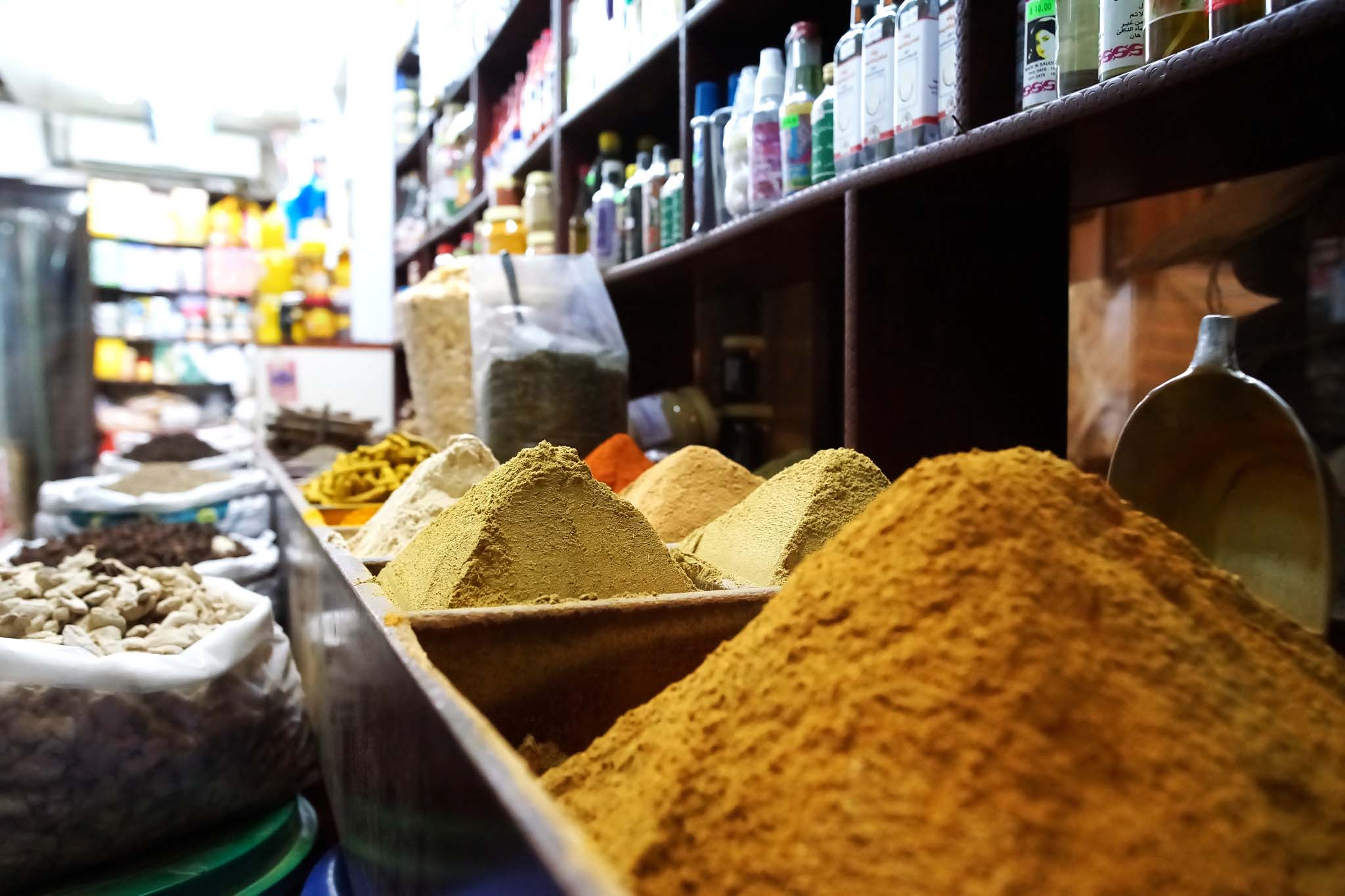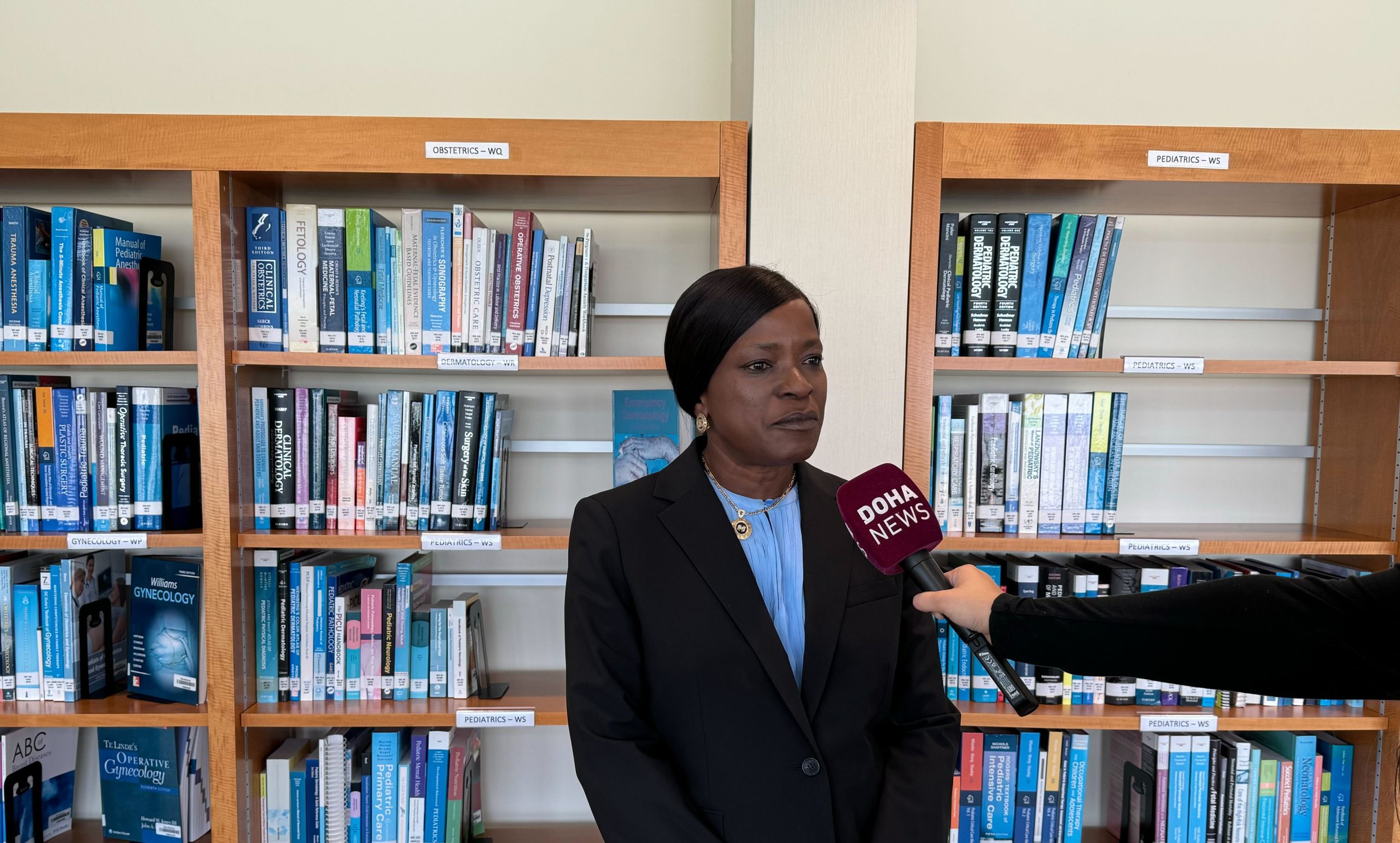
Armed with fresh funding and new international recognition, researchers at a lab in Qatar have begun taking a closer look at the health risks posed by certain types of contamination in food and beverages consumed here.
Scientists at Qatar’s Toxicology and Multipurpose Lab are planning to specifically examine mycotoxins, a toxic chemical produced by fungus – often found on stale nuts, grains and spices – which is considered to be one of the leading causes of liver cancer.
“The body has to bear all the contaminants that we consume in food,” Dr. Aishah Latiff, the lab’s director, said in an interview this week with Doha News.
“With perishable food, it’s easy to see when it goes bad. But spices and nuts – it’s an issue, as we do not know,” Latiff added.
In the long term, the work undertaken by Latiff and her colleagues could help regulators in the Supreme Council of Health (SCH) draft new rules for supermarkets on how long certain food products are allowed to be stored, and under what conditions. It could also help keep contaminated food out of the country.

But first, authorities must better understand the extent of the problem, as well as how to measure it.
To tackle these questions, Latiff is leading a three-year project with the Weill Cornell Medical College in Qatar, the SCH’s central food lab and the University of Groningen in the Netherlands.
The four institutions were recently among 120 applicants to receive a grant under Qatar’s National Priorities Research Program.
Latiff said she has yet to learn the exact value of the grant, but said she had requested US$850,000.
While her SCH counterparts will be testing food samples, Latiff and her colleagues will be looking for “biomarkers” in the human body that indicate exposure to mycotoxins. In other words, they’re trying to find what kind of fingerprints this particular fungus leaves in one’s blood.
Over the next three years, she is hoping to take blood and urine samples from some 3,000 volunteers in Qatar.
“We all have to depend on imported food (in Qatar),” she said. “By taking blood samples, we can (gain a better) understanding of the risks.”
Food-grade plastic
Latiff’s facility is part of the Anti-Doping Lab Qatar near the Aspire Zone. She conceded it may appear to be an odd match on the surface, but said much of the technology used to detect banned athletic performance-enhancing substances can also be applied to other areas of public health.
Since its inauguration in 2012, the toxicology and multipurpose lab has primarily focused on in-house research. However, it received official accreditation from Australian-based National Association for Testing Authorities last month.
This has enabled the lab to analyze samples for outside clients such as the SCH, as well as importers who need to prove their food products are safe.

The additional workload could help the lab build on its ongoing research into chemicals contained in plastic leaching into food and beverages.
The lab is specifically looking for phthalates, which are a group of chemicals used to make plastics more flexible and harder to break, according to the Centers for Disease Control and Prevention.
The US-based governmental organization said the health effects on humans from exposure to low levels of phthalates are unknown and require more research. However, it noted that some types of phthalates have affected the reproductive system of lab animals.
“Every one of us has plastics in our blood,” Latiff said. “We drink water out of plastic. Our juice is stored in plastic … The state of affairs is that everything is (made from) plastic.”
She is currently testing consumer food and beverages, as well as blood samples of local residents, to gauge the prevalence of phthalate contamination in Qatar.

Latiff said the chemical often leaches into hot food served in plastic takeaway containers.
In 2013, the Qatar government introduced new rules mandating that all food packaging in restaurants and bakeries should be made from either paper or “food-grade” plastic.
Though she said it is unrealistic to think that plastic would disappear from consumer goods anytime soon, Latiff added that regulators could force restaurants to use a higher-grade version of the material that would be less likely to leach chemicals.
She said she hopes her research, once released in roughly three years, could be used in a review of Qatar’s standards for plastic food dishes.
Thoughts?







